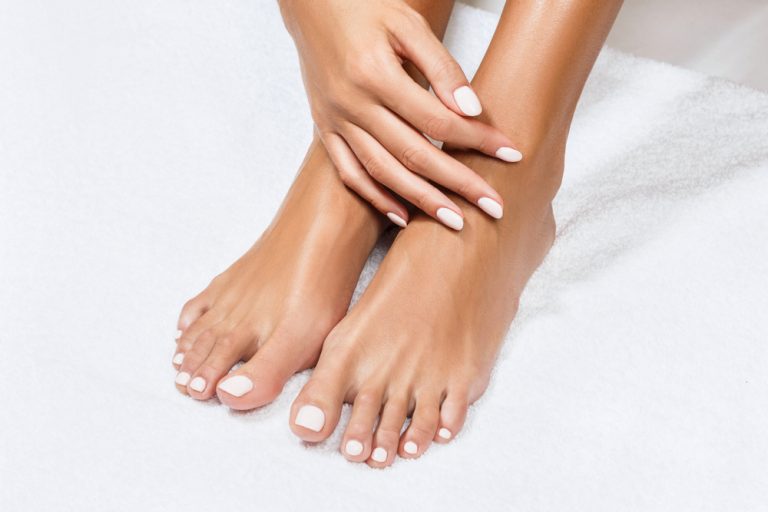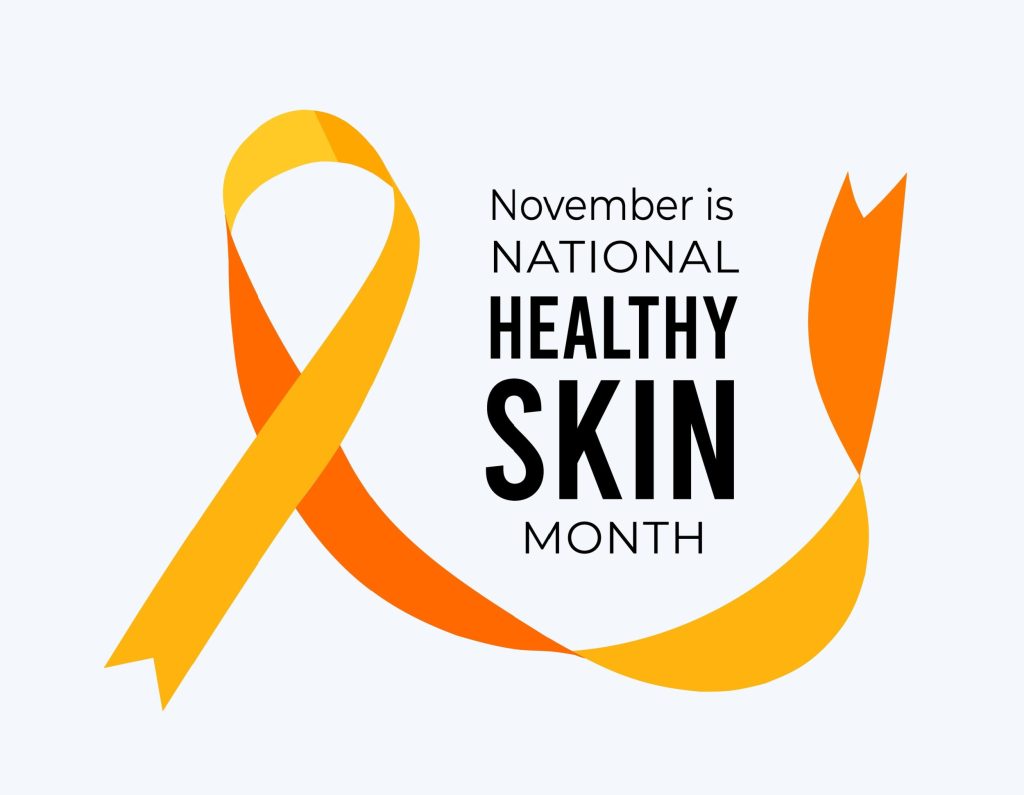
When it comes to taking care of your hands and feet, even the smallest nail issues can be considered a nuisance. Luckily, many nail complications can be treated with over-the-counter remedies, but some may require a little more TLC from an expert such as a dermatologist. Nail conditions are typically very easy to manage, and many practitioners have a high level of confidence when it comes to treatment options.
Have a difficult nail problem that you just can’t seem to find a solution for? Keep reading to learn more about the most common types of nail issues and how to treat them.
Onychomycosis
Onychomycosis is a fungal infection of the fingernails or toenails. It can cause varying symptoms, including nail discoloration, thickening, and even separation of the nail from the nail bed. The infection tends to occur more in toenails than fingernails and is more likely to take root in individuals with psoriasis, vascular disease, and immunological disorders. People can also be more susceptible from their genetic makeup, or if they smoke, or wear shoes that keep the feet moist and enclosed. Additionally, not wearing protective footwear while in communal shower spaces such as a locker room can also increase risk of getting onychomycosis. This fungal infection can spread from nail to nail, so treatment is paramount to preserving healthy nails. Topical antifungal creams and oral medications are the standard for treating onychomycosis.
Hangnails
When nails become dehydrated, a tiny fragment of the nailcan grow and separate from the main plate and cause what’s known as a hangnail. Hangnails can be painful and can rip off if they catch on everyday items such as clothing. This creates an extremely sore area vulnerable to infection. If you notice a hangnail, it’s best to take a pair of nail scissors and trim the nail down as close as you can before getting to the skin. Then, it’s recommended to apply a glycerin-based cream to the nail area on your hands or feet to prevent any further damage. Regularly applying a glycerin-based cream as well as a moisturizing cuticle oil to your nails, hands, and feet is a great way to stop hangnails from forming.
Thick Toenails
If your toenails start to become thick, it will be difficult to trim them with traditional nail clippers. Because of this, you may need to have them professionally trimmed. If you begin developing thick toenails, it means you likely have an underlying fungal infection like onychomycosis (mentioned above). It is recommended that once you notice your toenails growing in thick, you contact your dermatologist for an evaluation and treatment. You don’t want to ignore thick toenails since they can become very painful and resistant to treatment.
Cracked Fingernails
Sometimes a nail cracks or tears simply due to an injury. Other times, nails crack or break because they are brittle due to the following:
- Overexposure to water
- A fungal infection
- Psoriasis
- Thyroid disease
- Nutritional deficiencies
- Wearing artificial nails
- Natural aging
Since there are so many potential causes for cracked nails, it’s important to have your nails examined by a licensed dermatologist. This will ensure proper treatment is in place and no complications arise.
Ingrown Toenails
Ingrown toenails are most commonly found on the big toe. They arise when the side of a toenail grows into the skin surrounding the nail. People who have ingrown nails may experience a lot of pain, swelling and inflammation bordering the nail.
Causes include:
- Wearing enclosed shoes that are too tight
- Cutting the nails too short or with jagged edges
- Poor circulation
- Foot or nail infection
- Injury to a toenail
- Toenails that grow curved
- Medical conditions such as diabetes
It’s time to see a dermatologist if you notice any unusual or sudden nail changes that persist over a number of days or weeks. Contact your doctor if your nails change shape or color over the entire nail, begin separating from the skin, or change in texture. Other causes for concern are bleeding, swelling, and pain around the nails, or a dark streak in a nailbed. You should also see a dermatologist if your fingernails or toenails are not growing out as they should.
Early diagnosis and treatment of nail issues are essential in preventing and treating infections and other issues in the most effective way. At Florida Dermatology and Skin Cancer Centers, our medical professionals are experts in the field of hair, skin, and nails. Contact one of our offices today to schedule a consultation if you identify any concerning nail disorders. We also recommend that you regularly perform a self-exam by checking yourself in the mirror and looking for any new or unusual changes and reporting those to your dermatologist right away. You should have an experienced dermatologist or licensed medical professional conduct a yearly body analysis to check all areas of your body, including your hands, feet, and nails.
Contact FLDSCC for All Your Skin Care Needs
Florida Dermatology and Skin Cancer Centers provides a full spectrum of dermatology and skin care services, and its team of physicians, APRNs, and PAs are experts in diagnosing and treating skin cancers with the latest technological options. Medical Director, Dr. K. Wade Foster, is fellowship-trained in Mohs surgery, the most effective technique for most types of skin cancers, with minimal scarring or risk.
For more information about services that Florida Dermatology and Skin Cancer Centers provides, or to make an appointment for a skin exam, visit www.fldscc.com or contact us at (855) FLD-SKIN.


